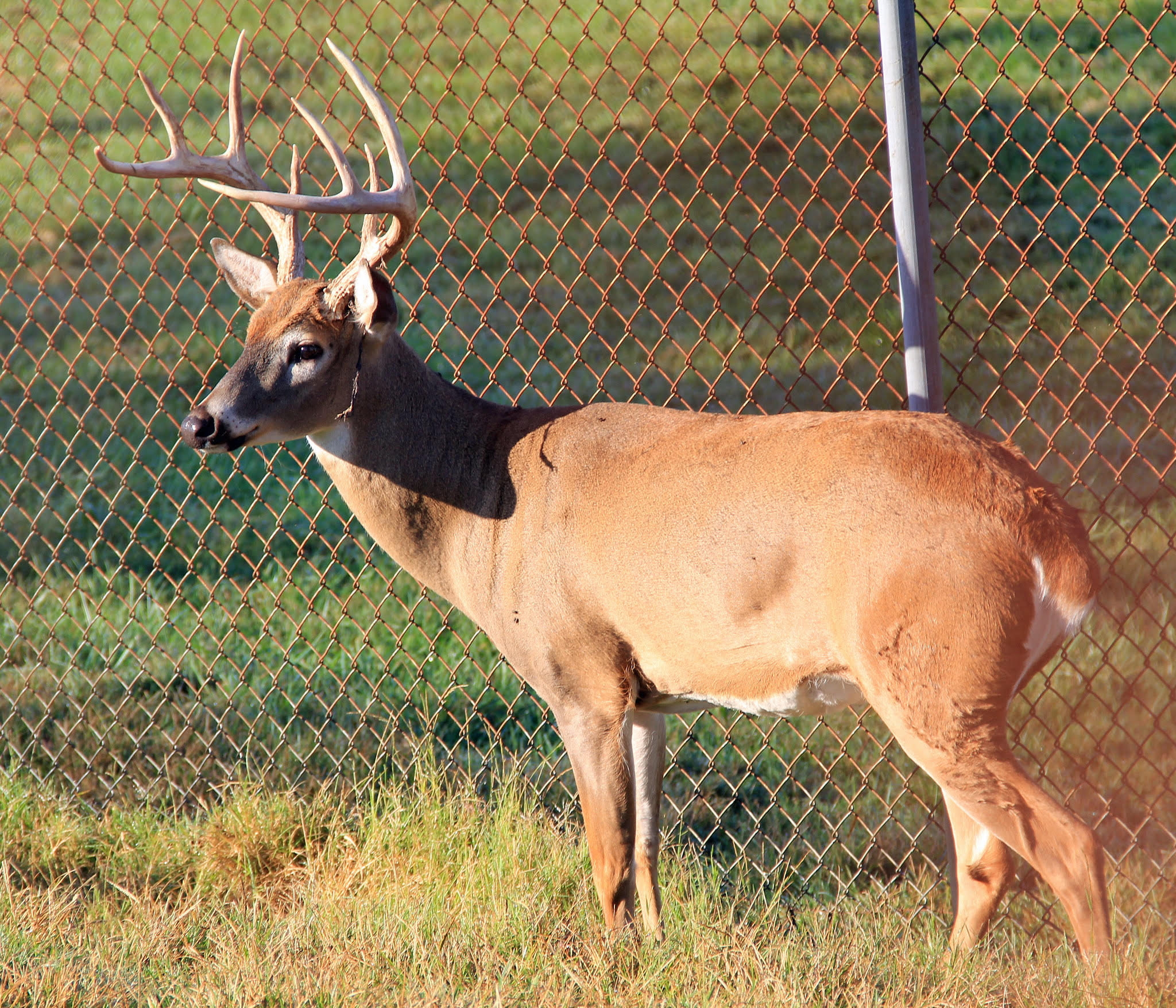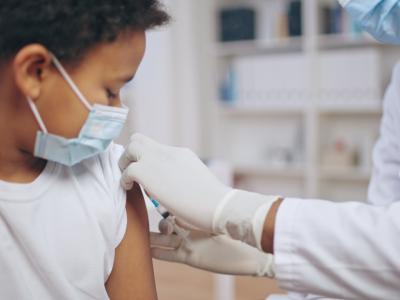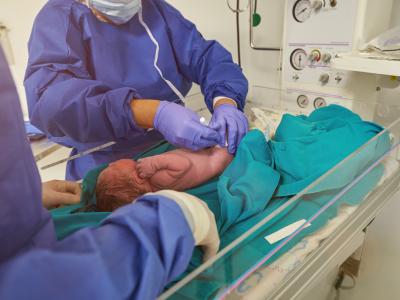
The latest update from the US Department of Agriculture's Animal and Plant Health Inspection Service (APHIS) notes that more Indiana poultry farms have been hit with highly pathogenic H5N1 avian flu.
The largest outbreak involved a poultry operation in Elkhart County with 48,800 birds. And four more facilities in LaGrange County reported activity, including a commercial duck breeder with 14,700 birds. The other affected farms housed flocks of 10,500, 19,500, and 25,600 poultry.
LaGrange County has been a hotbed of avian flu activity this month, with more than 20 detections, many in large commercial duck facilities. Indiana is the leading duck producer in the country.
Backyard flocks hit in Oklahoma, Oregon, Washington
APHIS also reported detections in smaller, backyard poultry flocks in Grady and McClain counties in Oklahoma, Washington state, and Oregon.
H5N1 detections have risen sharply this fall, as wild birds spread the virus during their migration. Over the past 30 days, 83 confirmed flocks (36 commercial and 47 backyard) have been hit by H5N1 outbreaks, and 1.82 million birds have been affected.












